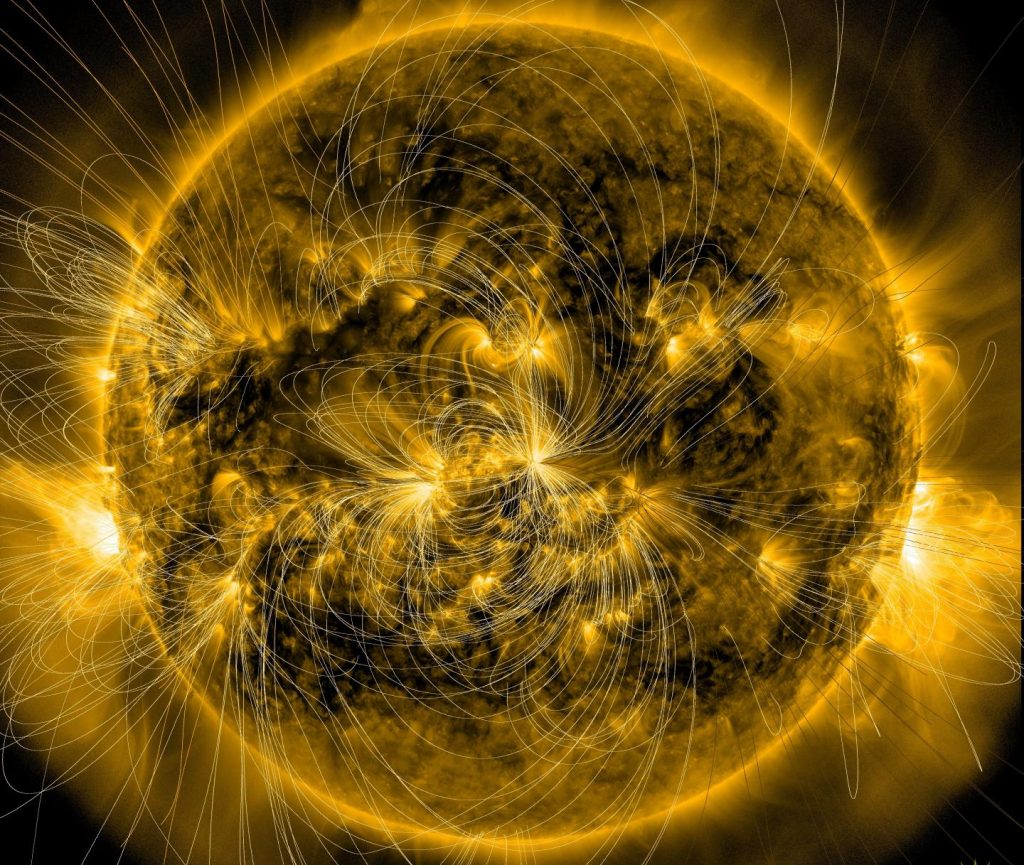Solar and stellar coronal activity: observations and modeling
Prof. Fabio Reale
University of Palermo
Jaunary 14, 2021 – 11.00 am
Online
Abstract
The Sun is the only star we are able to resolve, and is therefore both a laboratory for studying phenomena at extreme conditions and a template for investigating all the other stars. The corona is the outer part of the solar atmosphere and mysteriously at temperature of million degrees.
Observations from space missions in high energy (X-ray and Extreme UltraViolet) bands have revealed that the corona is also incredibly dynamic and often even flaring in localized areas. Emission in these bands has been extensively detected also from many more other stars than expected, and in particular from young ones. The investigation of the emitting plasma is very difficult and needs to be supported by advanced modeling, often with the aid of massive numerical simulations. Here we illustrate current topics of investigation regarding the solar corona, how we connect them to the study of stellar activity with particular attention to X-ray flares and to star- forming regions, and how we apply physical models to improve our knowledge.

This image of the sun from Jan. 7, 2014, combines a picture of the sun captured by NASA’s Solar Dynamics Observatory, or SDO, with a model of the magnetic field lines using data that is also from SDO. A new model based on such data may one day help space weather forecasters better predict how eruptions from the sun will behave at Earth. Credits: NASA/SDO/LMSAL – Usage Restrictions: None – Download from eurekalert.org
__________________________________________________
Local contact:
Alessandro Bemporad
Responsabili seminari e seminari su invito
Paola Re Fiorentin e Roberto Susino
